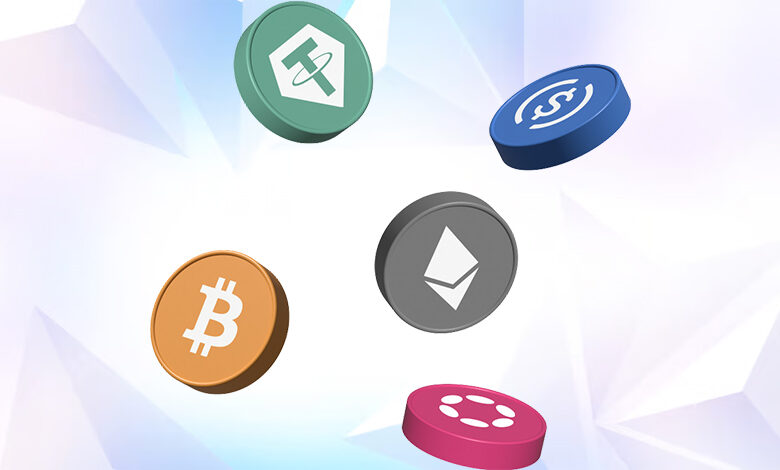Tether’s Market Share Rises to 75%, Circle Expects Stablecoins to Become Global Payment Standard

In the past two years, the stablecoin market has experienced significant growth, with Tether (USDT) leading the way.
Tether, which issues the largest US dollar-denominated stablecoin, now controls around 75% of the entire stablecoin market, up from 55% two years ago, according to data from Token Terminal.
This growth has been driven by the increasing adoption of stablecoins, which serve as a key gateway between fiat and the cryptocurrency world.
Tether’s USDT supply currently stands at $118 billion, contributing to $400 million in revenue over the past month. This revenue increase follows a strong first quarter in 2024, where Tether reported a profit of $4.5 billion, largely due to its investments in Bitcoin and gold.
The company has also been expanding its workforce and compliance efforts, recently appointing PayPal’s former head of regulatory relations, Jesse Spiro, as its new head of government affairs.
The surge in USDT reserves on exchanges is another indicator of Tether’s prominence. As of August 13, USDT balances on exchanges hit a record $20.3 billion. Historically, USDT reserves rise during both bull and bear markets, signaling traders’ preparation for future investments in crypto assets.
Meanwhile, Circle, the issuer of the second-largest stablecoin USDC, remains confident that stablecoins will become mainstream in the coming years, according to Cointelegraph.
Dante Disparte, Circle’s Chief Strategy Officer, emphasized the importance of regulatory harmonization across borders to ensure compliance for all stablecoin issuers. Circle itself is preparing to move its global headquarters to New York by 2025 as it pursues an initial public offering (IPO).
Disparte also highlighted the need for a federal stablecoin framework in the U.S., which could provide clarity and help prevent bad actors from exploiting the lack of regulations.
Globally, efforts like the European Union’s Markets in Crypto-Assets Regulation (MiCA) have already provided legal frameworks for stablecoin issuers, making the EU a leader in regulatory clarity.
As the stablecoin market matures, competition continues to heat up. PayPal recently introduced its own stablecoin, PayPal USD (PYUSD), while Ripple Labs is testing its USD-pegged stablecoin across multiple blockchains. Despite this growing competition, Tether remains the dominant player with over $118 billion in market cap and plans to introduce a new stablecoin pegged to the UAE dirham.
It is worth noting that the stablecoin market hit an all-time high of $168 billion in August, and with rising demand for digital assets, the space is expected to keep expanding as regulators worldwide work to establish clearer rules and guidelines.





